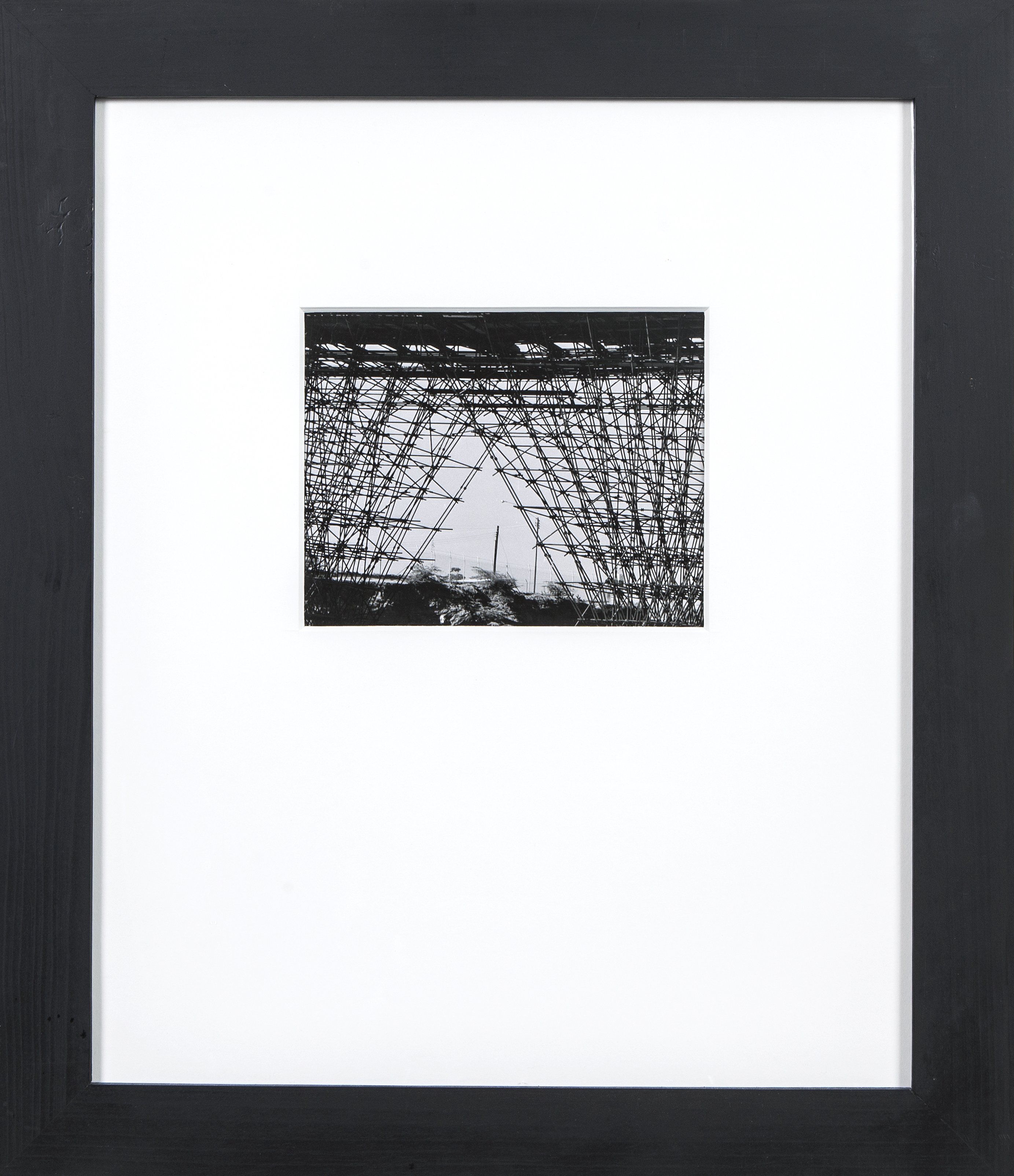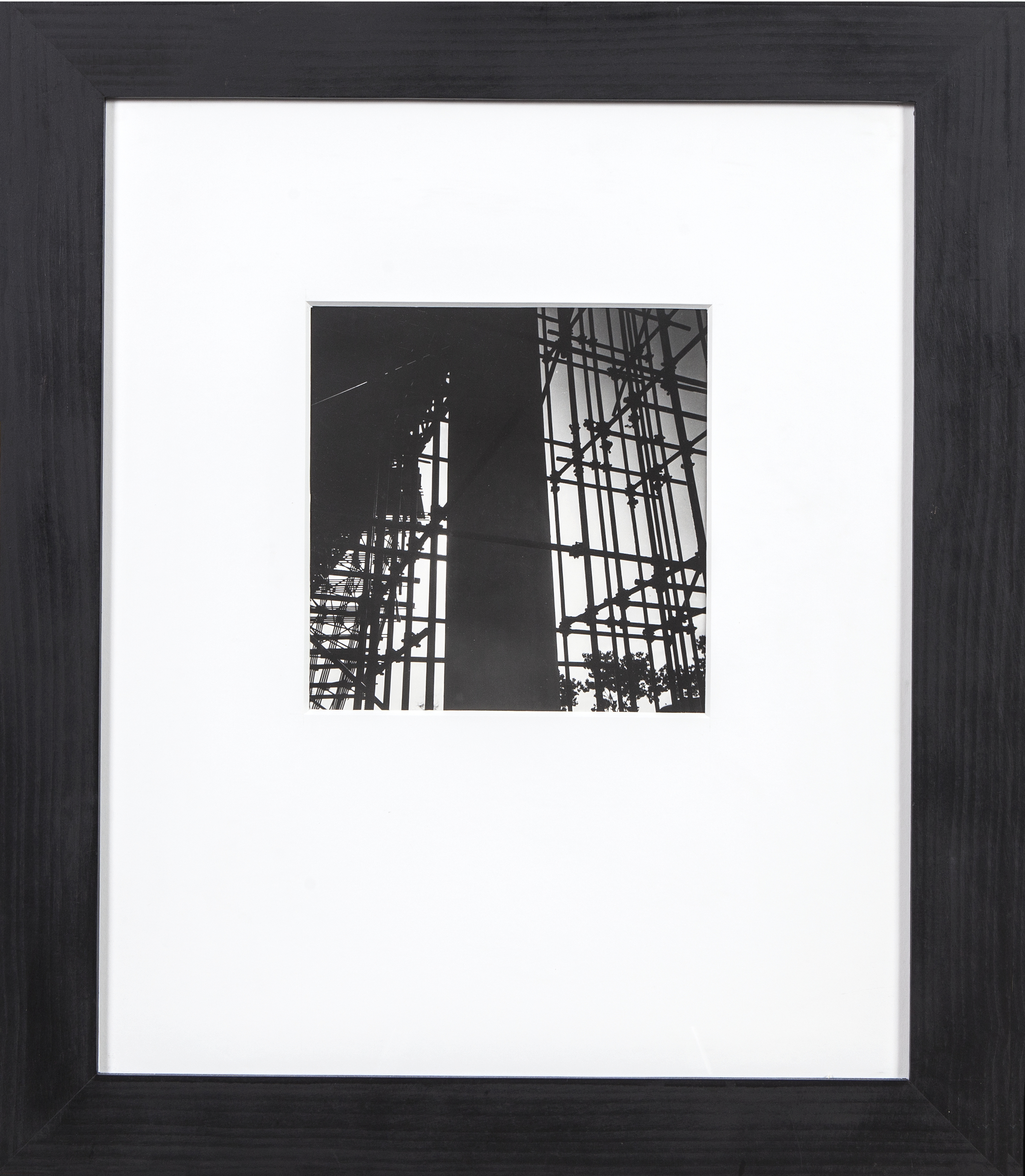Matiz received his artistic training at the Escuela de Bellas Artes in Bogot. During the 30s he worked as a cartoonist for various printed media companies, managed some local magazines and occasionally exhibited his drawings. In 1939 he received his first assignment as a photographer, to document Colombia’s social classes. Subsequently the disadvantaged social classes, always showing their joyous aspect and their strength of character rather than their weaknesses, would have a leading role in his photographs. The following year he left his country with the intention of working in Mexican cinema. He exhibited drawings and caricatures in Costa Rica, photographs in El Salvador, and in 1941 he settled in Mexico City where he decided to devote himself exclusively to photography.
In 1942 Matiz exhibited his first photographic work shot in Mexico. He focused on the people, the land and the costumes of the country. The same year he impersonated a prisoner in a special prison in Mazatlan for a report that would give him international recognition. During the forties he was fully integrated into the Mexican intellectual and artistic world and made portraits of its members, including a series dedicated to Frida Kahlo. His work as director of photography for Mexican cinema allowed him to work with great directors and actors including Luis Buuel and Maria Felix. His ties to Mexican cinema were crucial in defining his photographic style, characterized by the influence of tropical lightning, and his ideological identification.
As a photojournalist Matiz traveled to the United States, South America and Europe. In 1944 he recorded the fireworks that celebrated the liberation of the Nazi occupied Paris. Earlier that year, during a trip to Colombia, he founded an art gallery that would become an important center for cultural and bohemian life in Bogota. The gallery played a decisive role the following decade with exhibitions that included the first solo show of Fernando Botero’s works (1951) and the Saln de los Rechazados (1952). In 1947, Matiz worked with David Alfaro Siqueiros on the mural Cuauhtmoc contra el mito. Matiz accused Siqueiros of not crediting him for the use of his images and the scandal culminated in the expulsion of the photographer from Mexico.
Life magazine sent him to Bogota to cover the IX Conferencia Panamericana. Matiz was at the center of events when the murder of Jorge Eliecer Gaitan and the outbreak of the Bogotazo occurred on April 9, 1948. During the incidents, he was shot in the leg. Shortly thereafter he traveled to the Middle East to cover the Arab-Israeli war as an observer and a photojournalist for the United Nations. In a famous photograph he documented the attack that killed Count Bernadotte, a Swedish diplomat who mediated in the conflict. In 1951 he traveled with Alvaro Mutis to the Magdalena River to document the popular festivals of its inhabitants for the magazine Lampara.
From the late 50s on, most of his professional activity took place in Venezuela, making him an exceptional witness of the move to modernity and its protagonists. Working for major newspapers and magazines he recorded the overthrow of dictator Marcos Perez Jimenez. He later became the official photographer of the Palacio de Miraflores (1961) and the Oficina Central de Informacin (1973). The images shot at the Ciudad Universitaria de Caracas”a masterpiece of Venezuelan architecture designed by Carlos Raul Villanueva, and one of the most important examples of Le Corbusier’s idea of the “synthesis of the arts””stand as a milestone of twentieth century architectural photography.
In addition to his documentary work, Matiz also excelled in experimental and avant-garde photography. Many of his images can be seen as personal interpretations of Surrealism, Magical Realism and Geometric Abstraction. The latter was achieved in his works thanks to his unique vision of light and shadows, and his desire to subvert established visual conventions through a set of extraordinary compositions of every day organic, urban, architectural, and industrial forms.
Since the late eighties numerous retrospective exhibitions have been organized as a tribute to Matiz career in Colombia and the rest of the world.

